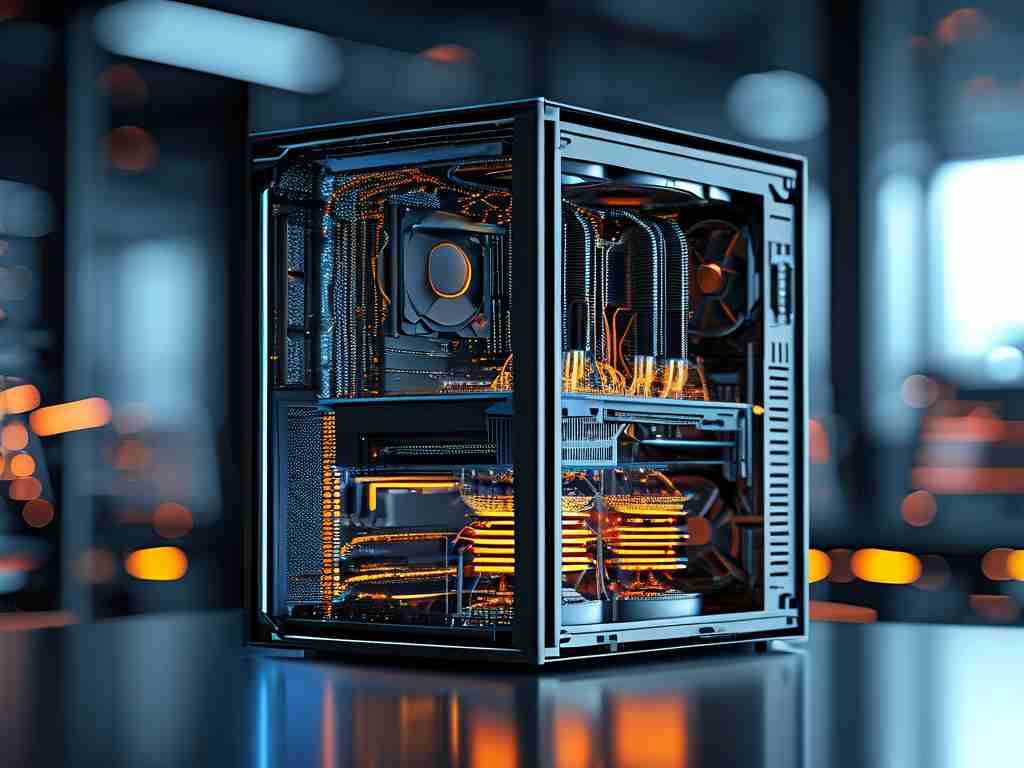In the era of big data and real-time analytics, the term "PB memory computing" (petabyte-scale in-memory computing) has gained significant traction. But what does it truly mean? At its core, PB memory computing refers to processing and analyzing datasets measured in petabytes (1 petabyte = 1,000 terabytes) directly within a system's random-access memory (RAM), bypassing traditional disk-based storage. This approach revolutionizes data processing by enabling unprecedented speed, scalability, and efficiency. This article explores the concept, its technical foundations, practical applications, and its transformative impact on industries.

What Is PB Memory Computing? PB memory computing combines two critical ideas: scale (handling petabytes of data) and in-memory processing (keeping data in RAM). Traditional computing systems rely on disk storage, which introduces latency due to slower read/write speeds. In contrast, in-memory computing stores data in RAM, allowing near-instantaneous access. When scaled to petabyte levels, this technology supports massive datasets-common in fields like genomics, IoT, and financial modeling-while maintaining performance.
Key components include:
- Distributed Memory Architecture: Data is partitioned across multiple servers' RAM, enabling parallel processing.
- High-Speed Networks: Low-latency connections ensure seamless communication between nodes.
- Fault Tolerance: Mechanisms like data replication prevent system failures from causing data loss.
Why PB-Scale In-Memory Computing Matters
- Speed: Disk I/O bottlenecks are eliminated. For example, querying a 1 PB dataset in-memory can take seconds versus hours on disk.
- Real-Time Analytics: Industries like finance or e-commerce rely on instant insights for fraud detection or personalized recommendations.
- Complex Workloads: Machine learning models trained on PB-scale data benefit from faster iteration cycles.
Applications Across Industries
- Healthcare: Genomic research involves analyzing petabytes of DNA sequences. In-memory systems accelerate pattern recognition for disease diagnosis.
- Retail: Companies like Amazon use PB-scale systems to track inventory and optimize logistics in real time.
- Autonomous Vehicles: Processing sensor data from millions of miles of driving requires instant decision-making capabilities.
- Climate Modeling: Simulating global weather patterns demands petabyte-level computations for accuracy.
Technical Challenges Despite its advantages, PB memory computing faces hurdles:
- Cost: RAM is expensive compared to disk storage. Deploying petabyte-scale RAM clusters requires substantial investment.
- Energy Consumption: High-density memory systems consume significant power, raising sustainability concerns.
- Data Consistency: Ensuring coherence across distributed nodes without performance degradation remains complex.
Future Trends
- Hybrid Architectures: Combining in-memory and disk-based storage to balance cost and performance.
- Non-Volatile Memory (NVM): Emerging technologies like Intel's Optane aim to bridge the gap between RAM and storage, offering persistence at near-RAM speeds.
- Edge Computing: Deploying in-memory systems closer to data sources (e.g., IoT devices) to reduce latency.
Case Study: SAP HANA SAP's HANA platform exemplifies PB memory computing's potential. By storing transactional and analytical data in-memory, businesses achieve real-time reporting. For instance, Coca-Cola used HANA to consolidate 1.5 PB of global sales data, reducing report generation from hours to minutes.
PB memory computing represents a paradigm shift in data processing, enabling organizations to harness the full potential of big data. While challenges like cost and energy efficiency persist, advancements in hardware and software continue to drive adoption. As industries increasingly rely on real-time insights, mastering PB-scale in-memory systems will become a cornerstone of technological competitiveness. From healthcare breakthroughs to smarter cities, the future of data-driven innovation lies in the speed and scale of memory.









